You can define your own string formatter for use with LaTeX or Mathtext.
In the function sci_notation() defined below you can specify the number of significant decimal digits as well as how many decimal digits to print (default to the number of significant decimal digits). It is also possible to explicitly specify which exponent should be used.
from math import floor, log10
# Use LaTeX as text renderer to get text in true LaTeX
# If the two following lines are left out, Mathtext will be used
import matplotlib as mpl
mpl.rc('text', usetex=True)
import matplotlib.pyplot as plt
# Define function for string formatting of scientific notation
def sci_notation(num, decimal_digits=1, precision=None, exponent=None):
"""
Returns a string representation of the scientific
notation of the given number formatted for use with
LaTeX or Mathtext, with specified number of significant
decimal digits and precision (number of decimal digits
to show). The exponent to be used can also be specified
explicitly.
"""
if exponent is None:
exponent = int(floor(log10(abs(num))))
coeff = round(num / float(10**exponent), decimal_digits)
if precision is None:
precision = decimal_digits
return r"${0:.{2}f}\cdot10^{{{1:d}}}$".format(coeff, exponent, precision)
scinum = -3.456342e-12
# Annotation with exponent notation using `e` as separator
plt.annotate(scinum, (0.5,0.5), ha='center', fontsize=20)
# Annotation with scientific notation using `\cdot 10` as separator
plt.annotate(sci_notation(scinum,1), (0.5,0.4), ha='center', fontsize=20)
# Annotation with scientific notation using `\cdot 10` as separator
# with 1 significant decimal digit and 2 decimal digits shown as well
# as a given exponent.
plt.annotate(sci_notation(scinum,1,2,exponent=-14), (0.5,0.3), ha='center', fontsize=20)
plt.title('Scientific notation', fontsize=14)
plt.show()

